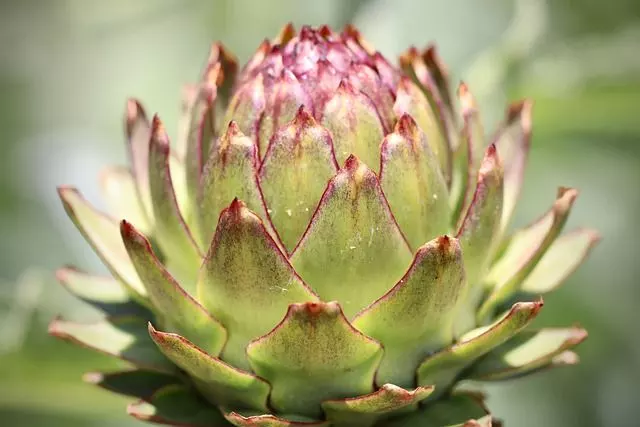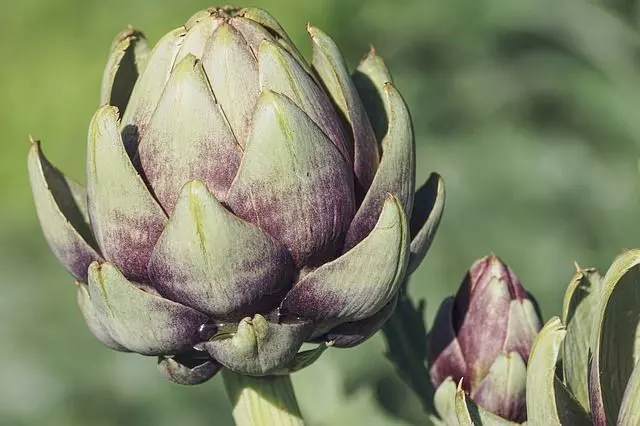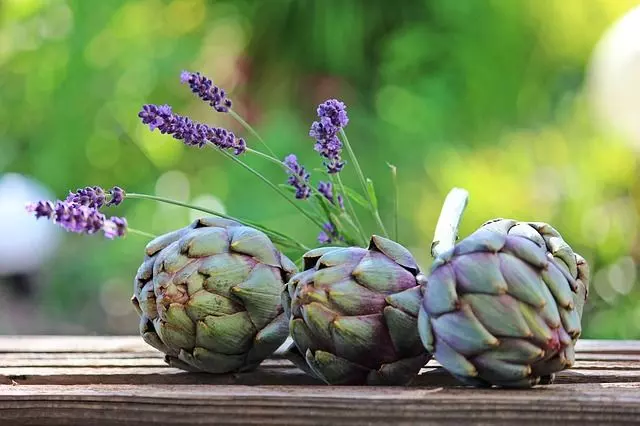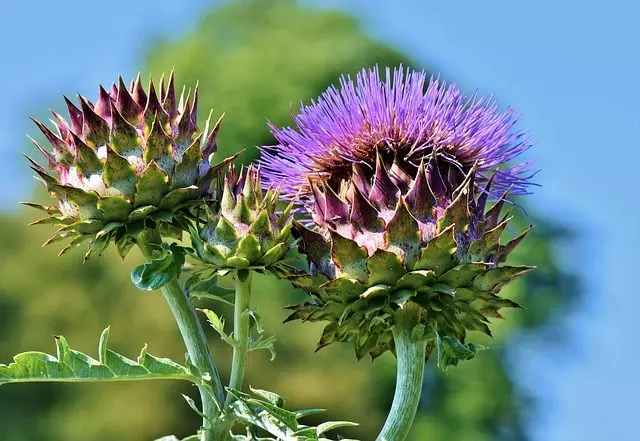The artichoke is a winter vegetable, of temperate climate, it needs cold to bloom well and develop. What is special about this vegetable? Its flower is eaten, not the root or the leaves. Its flowers from mid-autumn to mid-spring. Learn all about how to grow artichokes in this article.
Table of Contents
Where to Grow Artichokes?
It is a biannual or triannual vegetable. We will look for a sunny and protected place. Prepare the soil very well before planting because it will be in the same place for several years. Incorporate manure or garden compost. They need aerated, sandy soils, rich in humus. They do not grow well in clay or heavy soils and require good drainage. As a perennial vegetable, it is very soil-depleting. It should be planted separately from the rotation crops, in a permanent bed.

How to Grow Artichokes – 4 Different Ways
There are four ways to plant artichoke. Learn all about how to grow artichokes in this article.
1- By seeds: from March to June and harvest in winter. The process is simple because you have to plant two or three seeds in the ground, every two centimeters, in rows of 1″ (2.5 cm) deep leaving 24″ – 35″ (60 – 90 cm) between rows. Thin the seedlings to 6″ (15 cm). Repot when they have a height of 4″ (10 cm). We can harvest from December to March of the following year.
2- By seedling: Avoid planting the seedlings at great depth so that they do not rot with irrigation, leaving 31″ – 37″ (80-95 cm) distance between seedlings and 35″ (90 cm) between rows. Harvest after 8 months.
3- By cuttings: it is a very used and safe method. We will pull out the lateral cuttings and the central one (the old one) is not useful. Leave 4 small shoots at the base. We will take the rhizomes from the mother plant in July or August and plant them in the definitive place. It is advisable to repot the cuttings between July and September in warm areas and from March to April in very cold areas. Each plant can give us from 4 to 6 cuttings.
4- By shoots: they are formed in the bush, cut between February and March, digging and removing the shoot with roots, selecting the most robust. Then cut their leaves and roots and plant them in nurseries, in lines 3″ to 4″ (8 to 10 cm) apart. The process is the same if you are sowing by cuttings.
I recommend seedlings instead of seeds. They require a temperature of 44.6°F to 77°F (7 to 25 degrees). Water moderately, do not flood, and fertilize every two weeks. If we plant in the orchard, we will make ridges or rows, otherwise, drip irrigation. In autumn cut the stems and pile the soil at the base. In winter with frosts cover the base with straw or ferns or plastic. Artichoke trees can last 3 or 4 years.

How to Harvest Artichokes
We harvest in November and all winter. The artichoke is harvested in the second year, cutting the flowers when they are green before they open. First, the stem of the central artichokes, which are the roundest and largest, below where the youngest artichokes grow on the side stems and are smaller and elongated. Leave a 1″ (2.5 cm) stem below the flower heads. It is advisable to always cut the stem of each artichoke below the height of the youngest lateral artichokes, this way the plant will develop better and increase its resistance to intense cold. At this stage they need less fertilizer, fertilizing with manure, nitrogen, phosphorus, and potassium.

Pests and Diseases
They do not present many problems of pests or diseases. If attacked by the artichoke fly or aphid spray the plant with potassium soap. If the screwworm appears, apply Bacillus thuringiensis to eliminate it. Snails appear on rainy days, collect them by hand.

